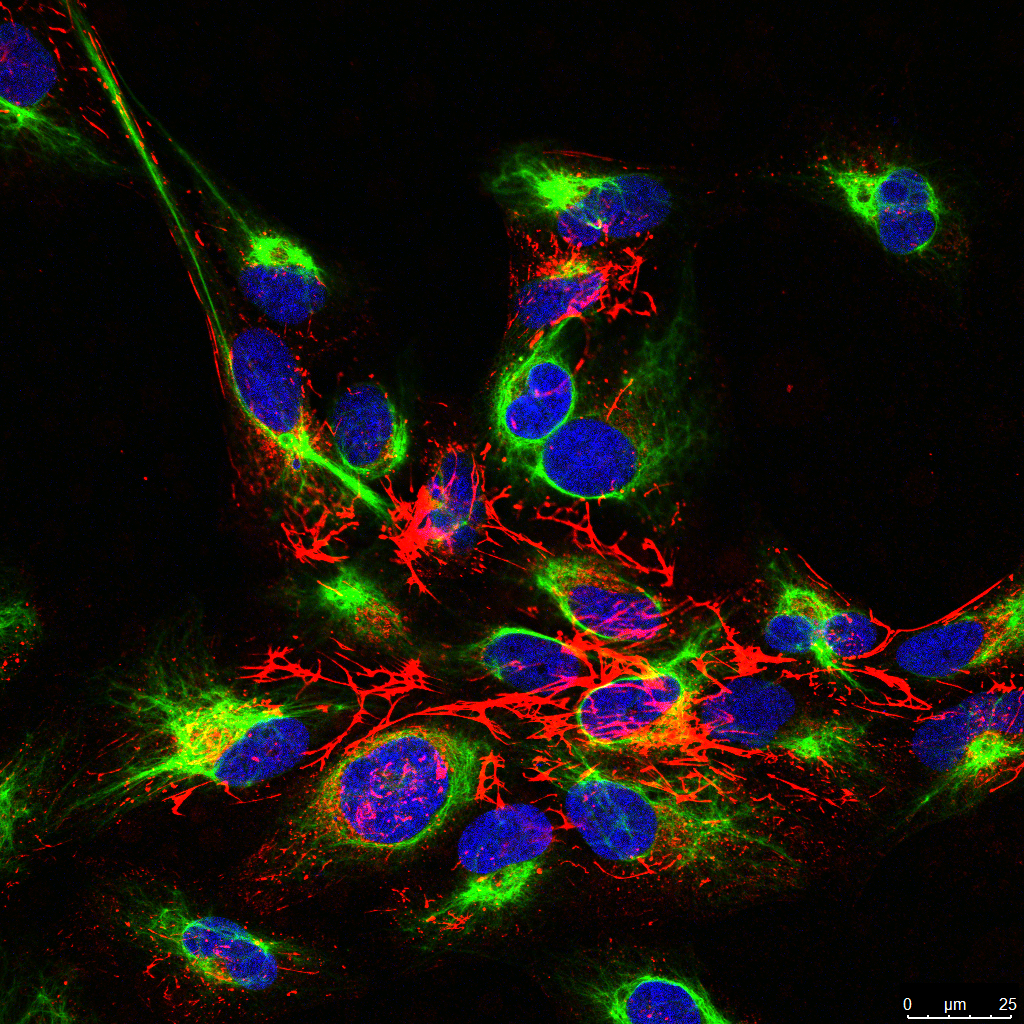
Current Projects:
Liver Metastasis in Uveal Melanoma: 50% of patients develop liver metastasis even after their primary cancer is treated, with 90% of these metastases occurring in the liver. We aim to elucidate the mechanisms underlying liver tropism in uveal melanoma, utilizing advanced in vivo models, scRNA-Seq and computational approaches.
Combating Drug Resistance and Immune Evasion in Melanoma: We are investigating the role of stress-induced epigenetic dysregulation in driving drug resistance, immune escape, and metastatic spread, particularly to the brain.
Targeting NRAS-Mutant Melanoma: NRAS mutations is found in 25% of cutaneous melanoma, we are investigating the therapeutic potential and immune impacts of pan-RAS inhibitors in NRAS-mutant melanoma models.
Advancing Therapeutic Strategies with PROTACS: We are utilizing the application of PROTAC technology to develop novel inhibitors aimed at modulating the immune response.
Development of CAR-T cell therapies for Acral Melanoma: Acral melanoma, a rare subtype of melanoma not associated with UV radiation, currently lacks effective targeted therapies. Our research focuses on characterizing the immune environment of acral melanoma, identifying novel immunotherapy targets and exploring the use of CAR-T cell therapy.
Developing novel immune checkpoint inhibitor combinations for melanoma brain metastases: Little is known about the immune environment of melanoma brain metastases. We aim to define the immune-tumor interactions of melanomas that metastasize to the brain and develop novel immune checkpoint inhibitor combinations to treat melanoma brain metastases.

Acral melanoma
Acral melanoma is a rare subtype melanoma that occurs primarily on the hands and feet. It is the most common form of melanoma in patients of Asian and African-American origin. At this time little is known about acral melanoma biology and there are few effective treatments. We are working with our collaborators Drs. Messina, Smalley, Karreth, Chen, Teer, and Koomen to identify the genetic drivers of acral melanoma development and to develop new animal models and ultimately therapies for this disease.

Brain and leptomeningeal metastases
Brain metastases are the most devastating complication of advanced melanoma. Little is known about the unique biology of melanoma metastases in the brain and leptomeninges. Research in this area is focused upon understanding the unique immune and tissue environment of these metastases and identifying the mechanisms that underlie the dissemination of melanoma cells to the brain and leptomeninges.
Uveal melanoma is the most common cancer of the eye. It is somewhat unique from skin melanoma in having a very low mutational burden and a near total resistance to both targeted therapy and immunotherapy. Our research in this area focuses upon epigenetic deregulation in uveal melanoma and constitutes a multi-institutional collaboration between Moffitt (Drs. Smalley), University of Miami (Dr. Bill Harbour) and the University of Florida (Dr. Jonathan Licht).
Pediatric melanoma
Although most commonly considered to be an adult disease, melanoma can also occur in pediatric patients. The incidence of pediatric melanoma is rising, particularly in individuals between the ages of 15-19. The majority of pediatric melanomas are sporadic and relatively little is known about their molecular basis. Our research in this space leverages Moffitt’s unique clinical experience (Drs. Sondak, Messina) along with cutting edge research methods (Drs. Karreth, Tsai, Chen) to delineate the mechanisms of pediatric melanoma development.

